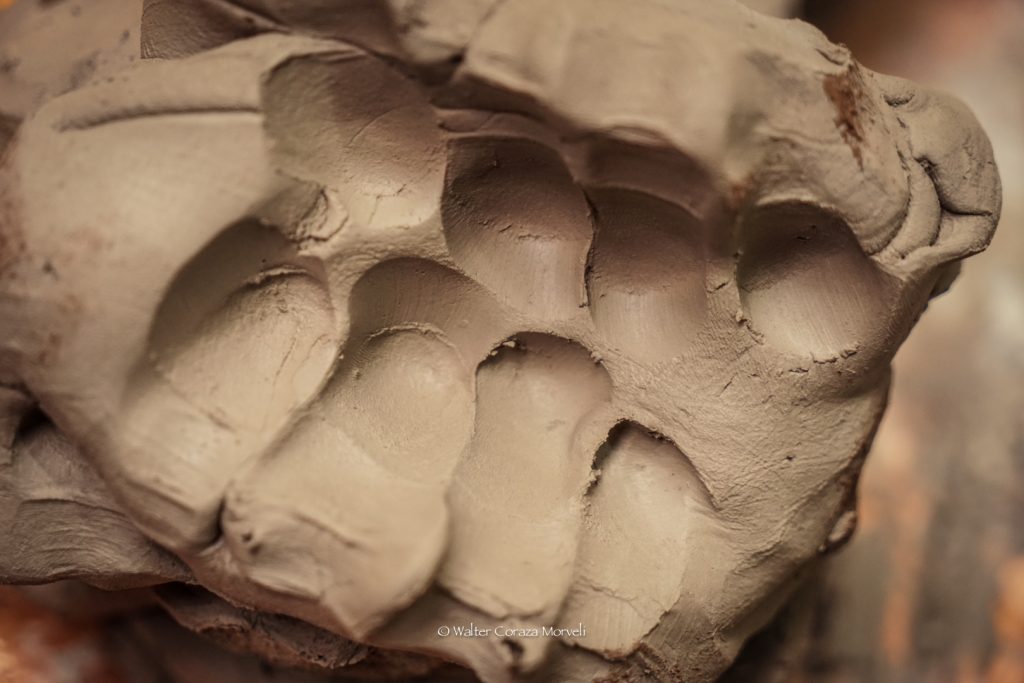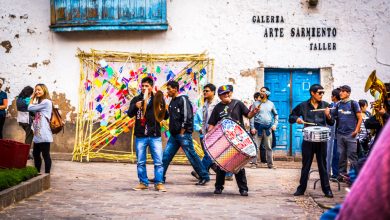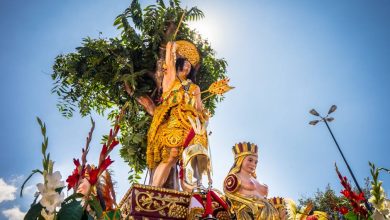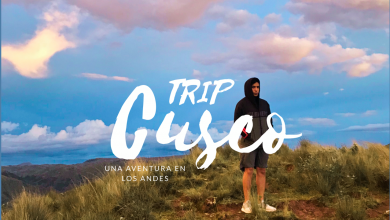Cusco: A great experience through clay
Centro Cultural de Ceramica “Qarmenca”, is the center for the interpretation of ceramics in Cusco, where the process of making, kneading, mixing and combining elements takes place.
All the people who want to relate to the earth and other natural elements, come to this workshop located in the traditional neighborhood of Santa Ana, where 700 BC, it was one of the first cultures in America that settled in its hills, its name It was ChanaPata, after the arrival of the Incas this entire sector was renamed Qarmenca, this neighborhood and its history, is located 15 minutes from the Plaza de Armas of Cusco.
Santa Ana is the birthplace of potters and that is how it is known because ceramic fragments were found there, pieces belonging to the different cultures of our ancient Peru, Nazca, Moche, Chachapoyas, Wari, among others.
All these fragments are found in the different museums of Cusco, in those times bartering was carried out by the union of the roads and thanks to them pieces from different places and cultures could arrive,
There, Máximo Champi Palomino grew up, energetic, fighter, resourceful and honest, who was passionate about the art of ancestral ceramics since he was 6 years old, influenced by his parents who saw him play and form objects with clay from a very young age, since In his house where it is now also his workshop, they found some clay, the raw material with which he works and enjoys until now, creating objects and giving different shapes to clay with ancestral inspiration.
Máximo Cuenta, that while building his workshop, he discovered a fragment of the Chanapata culture and it was there that he was struck by the magic of this ancestral art, it is an unforgettable experience of a trip to the past, because I have learned that from there comes the link of the inspiration.

“He says that his life changed a lot since he had contact with the clay.”
In 2007 after leaving school, I studied ceramics at the CETPRO Juan Tomas Tuiro Tupac, located in Calle, Siete Cuartones N ° 205, then I applied to the school of Fine Arts, I got my entrance to the Art Education career, there It was where I liked this art much more, thanks to the teachers I learned new techniques and ways of working. When doing my thesis, I grasped the theme of the development of creativity through the use of clay, everything I have investigated I have been applied with my students, seeing how they did fascinating things using the techniques learned, I realized that teaching one learn more and inspiration grows even more.
In his workshop you can see very interesting things, antiques combined with modern art, a TV, a sound system and his artistic works decorating the place, paintings made by his fellow fine arts, obtained by exchange of work, 2 wooden tables large ones that occupy the middle part, three chairs and two long benches that invite you to create and learn about ceramics, in a corner you can see its molds made by it.
You can also see 3 and 4 level metal scaffolding, where he exhibits his own creations, whistling vessels, vases, incense boxes, ornaments, flutes and more interesting things that connect you with ancestral art. In one corner of the workshop about 7 aprons hang from a coat rack, with that he works and shares in the elaboration of his artistic pieces, in front of the aprons is a large mural with the image of Wiracocha and the name of the workshop gallery.
The Maestro Maximo with a smile and with his hands in full elaboration work, speaks of the harmony and joy that always prevails in his workshop.
I have been working in this magical space for 7 years, there I receive my students who come from different places and nations, there we share everything related to the ceramic process.
Now I am with the investigation of ancestral sounds, since music and sounds are part of life, it is a therapy for the body, mind and spirit.
In this process I am making double and triple flutes, whistling pots, whistling huacos, whistles shaped like birds, potatoes, corn, all inspired by nature.
As he kneads the clay and conveys his art, he talks about how rewarding it is to bring clay to life.
In my work I can transmit sensations and emotions, it is really incredible, people like it a lot and buy my creations a lot, whether they are for Andean ceremonies, meditations, ornaments or for children to play.
Now in the middle of this pandemic (covid 19) I am with the virtual workshops for the University of Fine Arts,
They are a series of sessions that consists of teaching the process of preparing clay dough, the elaboration process with ancestral technique, the decoration process, pre-cooking, post-cooking and the cooking process, also teaching the manufacture of tools for the elaboration and decoration of ceramics.
The basic inputs are clay paste, such as degreasers, Chamotte sand, slate stone, marmotine, the more degreasers you put in it, it can withstand extremely high levels of temperature in the oven.
It also says that ceramics connect you with the essence of the earth, since clay is the purest thing that exists.
My search for clay pastes took me to different places in the Cusco region, Chinchero, Zone X, Sacsayhuaman, San Jerónimo, San Sebastián and Poroy.
In these places I found what I now call, my clay mines, I learned that colors of clay vary according to its organic decomposition, roots and plants, there are yellow, green, brown, purple, lead. It also affirms that every potter must have his extraction points and for that the search is carried out.
Máximo recommends the San Jerónimo clay in Cusco and says it works quite well for him.
That clay is extracted from eighty meters underground, one has to know the basis of everything “clay” is the most important thing, then the process and the technique come.
He tells us that the funniest and most comforting thing that has happened to him as an artist is that the pieces he makes are always sold.
From a very young age, while studying at school, he produced objects and sold them in the different streets of the city of Cusco, I remember that at times he had to change from place to place, because the municipal policemen stopped us throwing us away. In the course of my life, I learned a lot about art in general, since I shared moments, with artists who offered their art to the public in the streets, they always motivated me to continue because they liked what I did and how I did it.
He also speaks that he likes art with clay, because it is to cultivate customs and beliefs, it is to make our roots continue to beat with force and passion over time.
The sessions that he teaches at “Qarmencá”, consists of acquiring an experience of traveling to the past, in order to learn the process of making and decorating ceramics.











